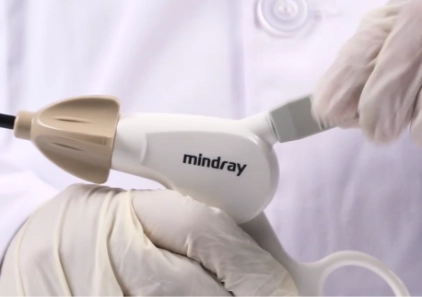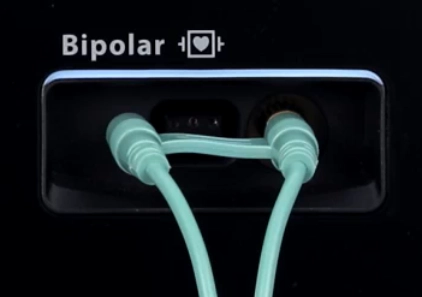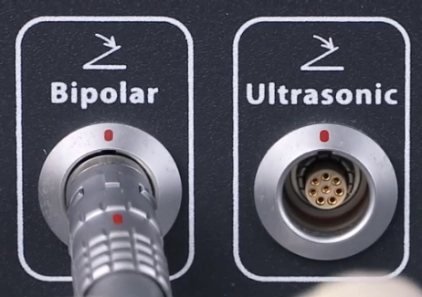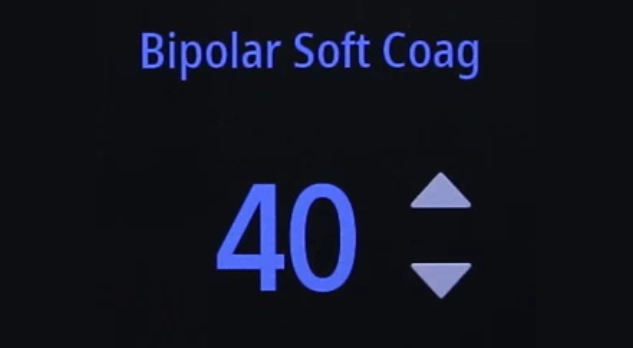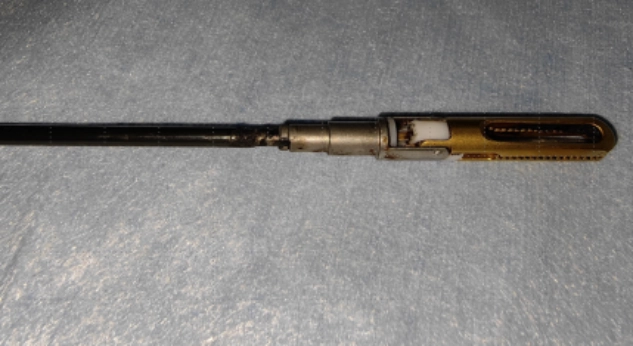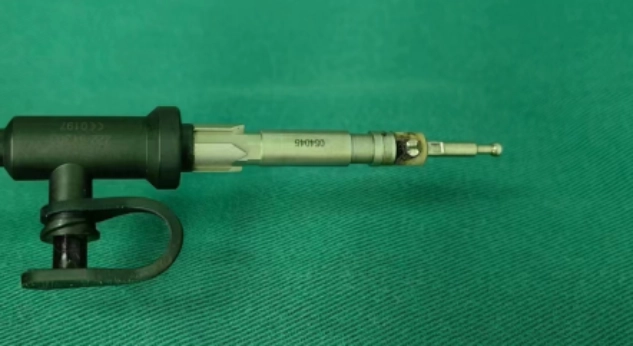Three Quick Steps to Troubleshoot Common Problems on Your Bipolar Electrocoagulation ForcepsAnother session of "Mindray Class" starts
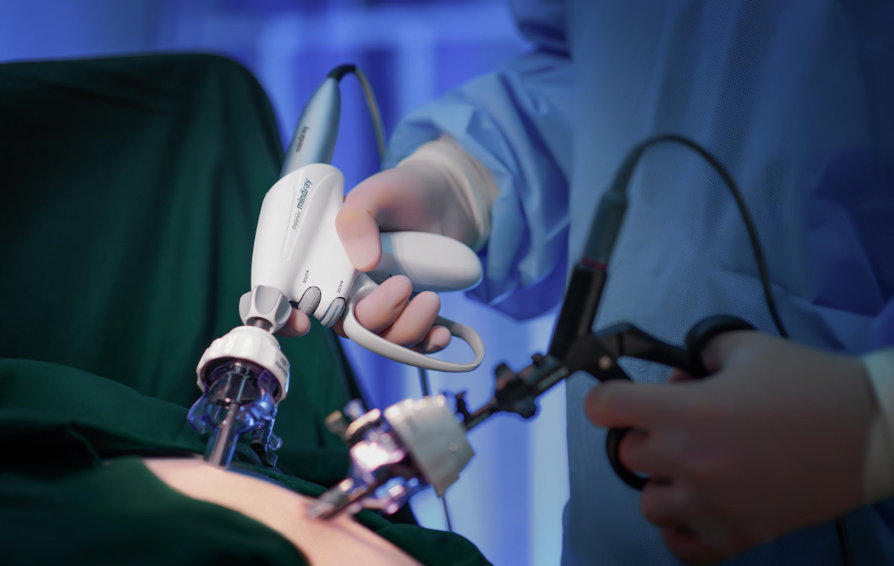
"Mindray, why do my bipolar electrocoagulation forceps always fail to perform electrocoagulation?"
"Don't worry, doctor, I have a three-step method to help you troubleshoot the problem."
The "bipolar electrocoagulation forceps" are common medical appliances, mainly for hemostasis during surgeries. They stop the surgical incisions from bleeding by the heat effect generated by high frequency current. Compared with the unipolar electrocoagulation devices, they provide more precise positioning and better safety, and are more suitable for micro incisions.
Today,we are honored to share the "Mindray Class" to introduce the three-step method for the bipolar electrocoagulation forceps:
Tips from Mindray
- Common bipolar electrocoagulation devices are generally used for electrocoagulation hemostasis on blood vessels with diameter less than 3mm.
- It is advised to perform the electrocoagulation in intermittent excitation with a single excitation time no more than 4s. If a deep electrocoagulation is required, the operation shall be conducted repeatedly under lower power, to prevent tissues from being over-heated and burnt at the tips of the forceps.
- Do not take too much/thick tissue at one time. Common bipolar forceps cannot complete hemostasis on thick tissue in a single excitation.
The three-step troubleshooting method on bipolar electrocoagulation forceps is listed above. Is it clear to you now?
You need to understand the features of the bipolar electrocoagulation to avoid problems during surgeries and to improve efficiency and safety of surgeries. Mindray Customer Services work with you to protect the calmness and safety of surgical patients.
